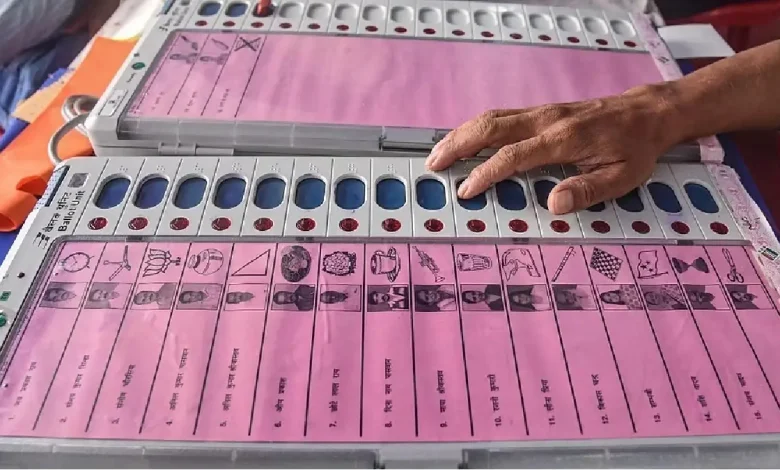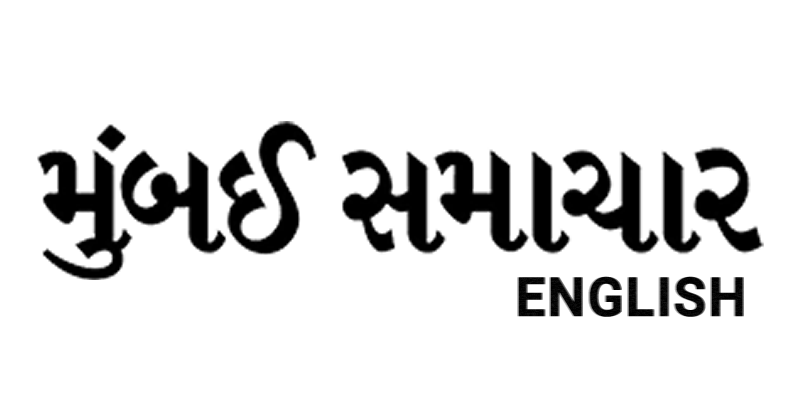
Patna – In a resounding display of democratic fervor, Bihar’s first phase of assembly elections on November 6 witnessed a record-breaking voter turnout of 64.66%, the highest since the state’s inaugural polls in 1951, according to the Election Commission of India (ECI).
The voting spanned 121 constituencies across 18 districts, engaging an electorate exceeding 3.75 crore at 45,314 polling stations. Officials described the process as largely peaceful, crediting robust preparations and widespread participation. This figure eclipses the 62.57% recorded in the opening phase of the 2000 assembly elections and the 57.29% from 2020, while edging out Bihar’s peak Lok Sabha turnout of 64.6% in 1998.
District-wise data up to 5 p.m. showed Begusarai leading with 67.32%, followed closely by others, while Sheikhpura trailed at 52.36% and Patna at 55.02%. The ECI attributed the success to its Systematic Voters’ Education and Electoral Participation (SVEEP) program, meticulously purified electoral rolls, and an absence of any electoral appeals—earning praise as a model of transparency.
Chief Election Commissioner Gyanesh Kumar hailed the outcome as a national benchmark. “Bihar has shown the way to the nation,” he said in a statement. “SIR with zero appeals and highest voter turnout since 1951. Purest electoral rolls and enthusiastic participation of electors. Transparent and dedicated election machinery. Democracy wins. It has been an amazing journey for ECI.” Bihar Chief Electoral Officer Vinod Singh Gunjiyal echoed these sentiments, affirming the seamless execution.
ALSO READ : PM Modi in Bihar Rally: RJD ‘Put a Katta to Congress’s Head’ to Seize CM Candidacy
Political leaders quickly interpreted the high participation through their lenses. Senior Bharatiya Janata Party (BJP) figure and Deputy Chief Minister Samrat Choudhary projected a strong showing for the National Democratic Alliance (NDA), estimating victory in about 100 of the 121 seats. He forecasted results surpassing the 2010 tally and targeted Mahagatbandhan’s chief ministerial hopeful Tejashwi Yadav, predicting his defeat in Raghopur. “Just as no member of Lalu Prasad’s family won the 2010 elections, similarly, no one from his family will win the elections this time too,” Choudhary asserted.
Union Minister of State for Home Affairs Nityanand Rai described the NDA’s reception as “overwhelming,” linking the turnout to public resolve for a developed Bihar. He too anticipated Yadav’s loss in Raghopur, framing the votes as a step toward a robust state.
On the opposition side, Yadav celebrated the polling as a mandate for transformation. “To dispel 20 years of darkness, every Bihari came out of their homes and lit the light of change,” he declared, pointing to an “unprecedented wave” favoring the grand alliance. He envisioned a new youth-led government ending cycles of unemployment, poverty, crime, injustice, inequality, oppression, corruption, and suffering.
Congress spokesperson Pawan Khera reinforced this narrative, calling the votes a collective expression of discontent from youth, women, and elders alike. “The vote of anger is always the vote for change,” he said. “Change is coming in Bihar.”
As Bihar sets a precedent for civic engagement, all eyes turn to the remaining phases, with live updates available on The Hindu’s dedicated election coverage.




